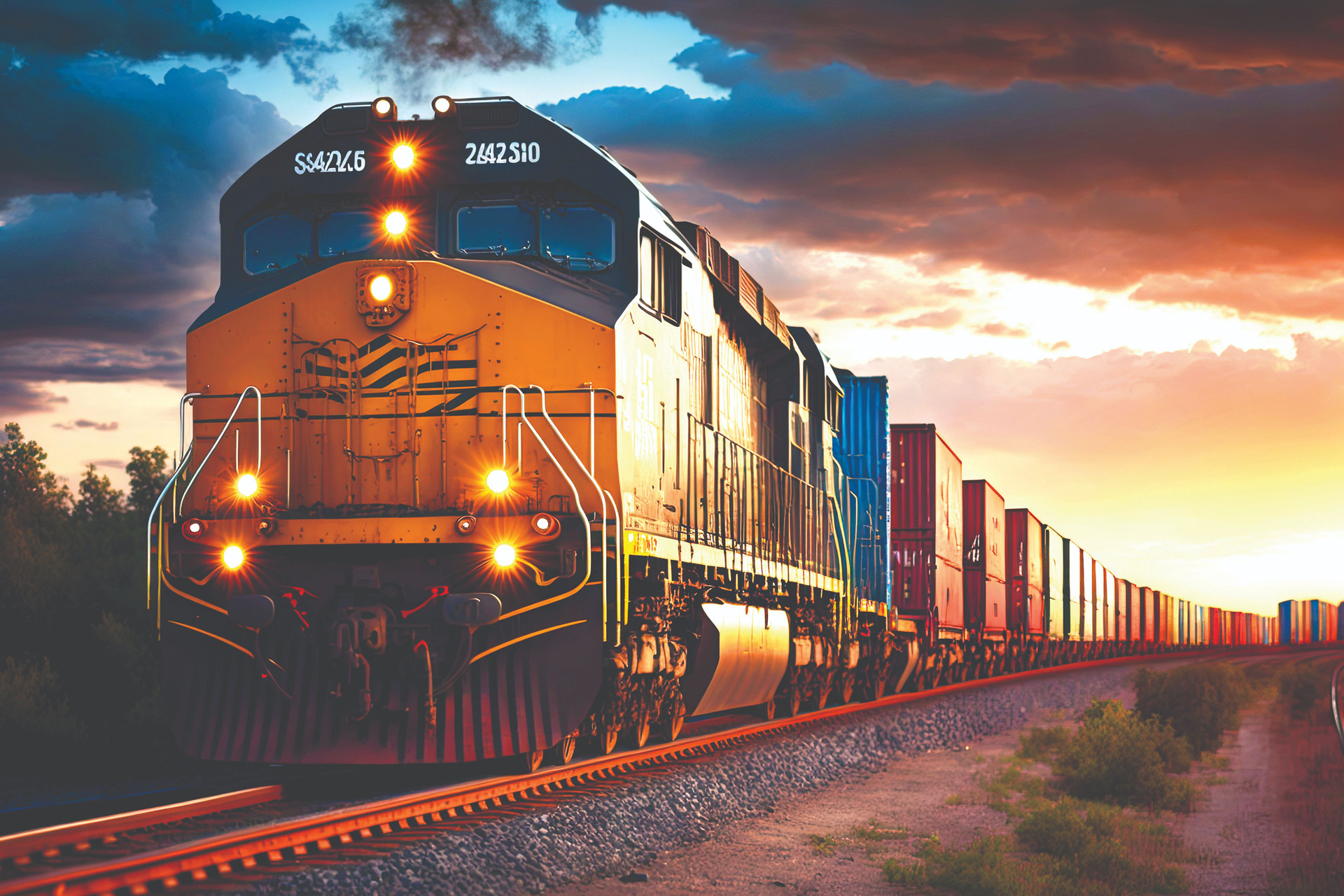How to develop green logistics? (Part 2)
English - Ngày đăng : 08:53, 23/05/2023
Currently, enterprises in general and VLA member enterprises in particular provide many different types of services in 17 types of logistics services. Some provide a few services, some businesses provide many different services, in which the main services are freight forwarding, warehousing, customs declaration... So there are common points and specific differences as well.

There are many businesses that are currently developing green logistics. Typically Saigon Newport Corporation.
Saigon Newport has built a green port that harmonizes economic development and environmental protection with the goals of saving fuel, using clean fuel, building and applying protective and environmentally friendly measures; It also applies security and sustainable development according to international standards to ensure the environmental quality of the Port: using clean fuel at the port, treating waste in the port, building the ecological environment in the port area; developing measures to adapt to climate change and sea level rise; ensuring the harmony between road transport, waterway and sea transport; applying 4.0 technology to the management of port operations; replacing gasoline and oil fuels with electricity such as using electrical equipment instead of diesel, using solar energy to light offices, providing shore power for vessels; implementing IMO regulations on pollution prevention to global limits; practicing energy saving; conducting training of the human resource to adapt and implement the above green and clean goals, especially those on safety, security and environmental protection of the Port; having procedures for handling dangerous goods; conducting propaganda to raise awareness about logistics for officials and employees working at the port; building green gardens in the Port to increase the environment-friendly landscape. In particular, Tan Cang -Cat Lai Port in HCMC is the first port in Vietnam to receive the title of Green Port from the APEC Port Service Network Council.

To reduce pollution and traffic congestion, currently, 80% of freight transport between Cai Mep - Thi Vai port and the surrounding area with Saigon Newport is carried out by barges instead of trucks. In the northern component ports and the Mekong Delta, the development of barge transport instead of trucks has contributed to reducing CO2 emissions. The application of e-Port and e-Office technology, increased online meetings and briefings, reduced 3,000 papers per day, thereby, together with the e-customs application, reduced the time for cargo trucks to enter the Port from 6 minutes to 2 minutes/container. In addition, enterprises as Gemadept, Bee Logistics... also take the lead in implementing green logistics as in the case of Saigon Newport.
Green logistics, smart logistics associated with “innovation, creativity, digital transformation” as the action program set out by the Resolution of the VLA’s 8th Congress is an objective and urgent requirement for current VLA’s member enterprises. To promote its role, the Association needs to have a specific plan, to guide and support members to implement the green logistics development plan, and, at the same time, to have forms of encouragement, reward and encouragement for members who perform well in green logistics, bringing economic benefits, developing national logistics services, thereby reducing logistics costs, enhancing service capacity and promoting competition abilities of our country’s economy.
For enterprises providing transport and forwarding services, the core logistics activities, it is necessary to develop a plan to save fuel for transportation vehicles and save water used in logistics activities. For the issue of using clean raw materials, especially in production and supply, the use of energy-saving means of transport, exploitation and expansion of the application of liquefied petroleum gas, natural gas, electricity, mixed fuels and, biofuels to replace gasoline and oil in order to protect the environment should be given priority for the ultimate purpose of green logistics. Limiting direct discharge into the environment, especially with untreated waste, is on the right track in the direction of sustainable development of green logistics. Strictly following the process of transporting substances that can cause negative effects if in direct contact with the environment (chemicals, grease and dangerous goods). Therefore, it is necessary to have more work to ensure safety during the transportation of goods, to avoid causing adverse impacts on people and the environment. Consider using reusable, recyclable materials to make shelves, pallets, and packaging. The utilization of recycled materials is an important issue in optimizing and cutting logistics costs.
Especially development of high-quality human resources. Factors related to high-quality human resources play a very important role for development of green logistics. Determination of senior management as well as requirements for a high-quality human resource team that is not only good at professionalism and information technology, but also has an understanding of green development, saving and optimizing all resources will be the key to successfully implementing all strategies and plans for green logistics development at enterprises.
